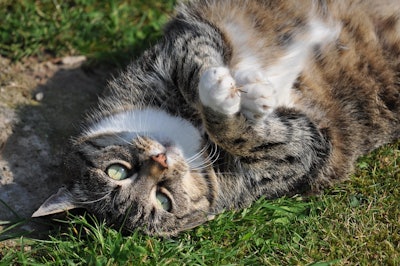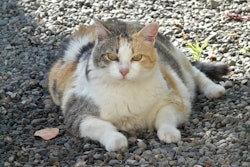
Studies suggest owners of overweight pets often experience stigma themselves, perceived as “bad pet parents” who are irresponsible, uneducated or neglectful. The Association for Pet Obesity Prevention (APOP) noted when it comes to pet obesity, the words chosen can either reinforce stigma and stereotypes — or promote a constructive, health-focused dialogue. Traditional phrases like “an obese dog” or “a chonky cat” define pets by their weight, unintentionally reinforcing blame, stigma, and negative stereotypes.
This is particularly important in veterinary medicine, said APOP. When we say “an obese dog,” we imply that obesity is part of the dog’s identity and may be due to the owner or dog's actions. In contrast, saying “a dog with clinical obesity” reframes obesity as a modifiable health condition, encouraging owners to take action.
APOP has released its Guidelines for Pet Obesity Communication: Promoting Respectful Communication about Animal Obesity. These guidelines aim to reshape how the community talks about pet obesity by emphasizing pet-first language and promoting the term “clinical obesity.”
Examples of pet-first language include:
- “A dog with clinical obesity”
- “A cat that has obesity”
This subtle shift is supported by decades of cognitive linguistics research, which shows that precise, health-focused terminology improves communication, said APOP. Terms like “clinical obesity” reduce ambiguity and ensure that the condition is recognized as a medical issue — not a personality trait or aesthetic concern.
Adapted from a press release.
















